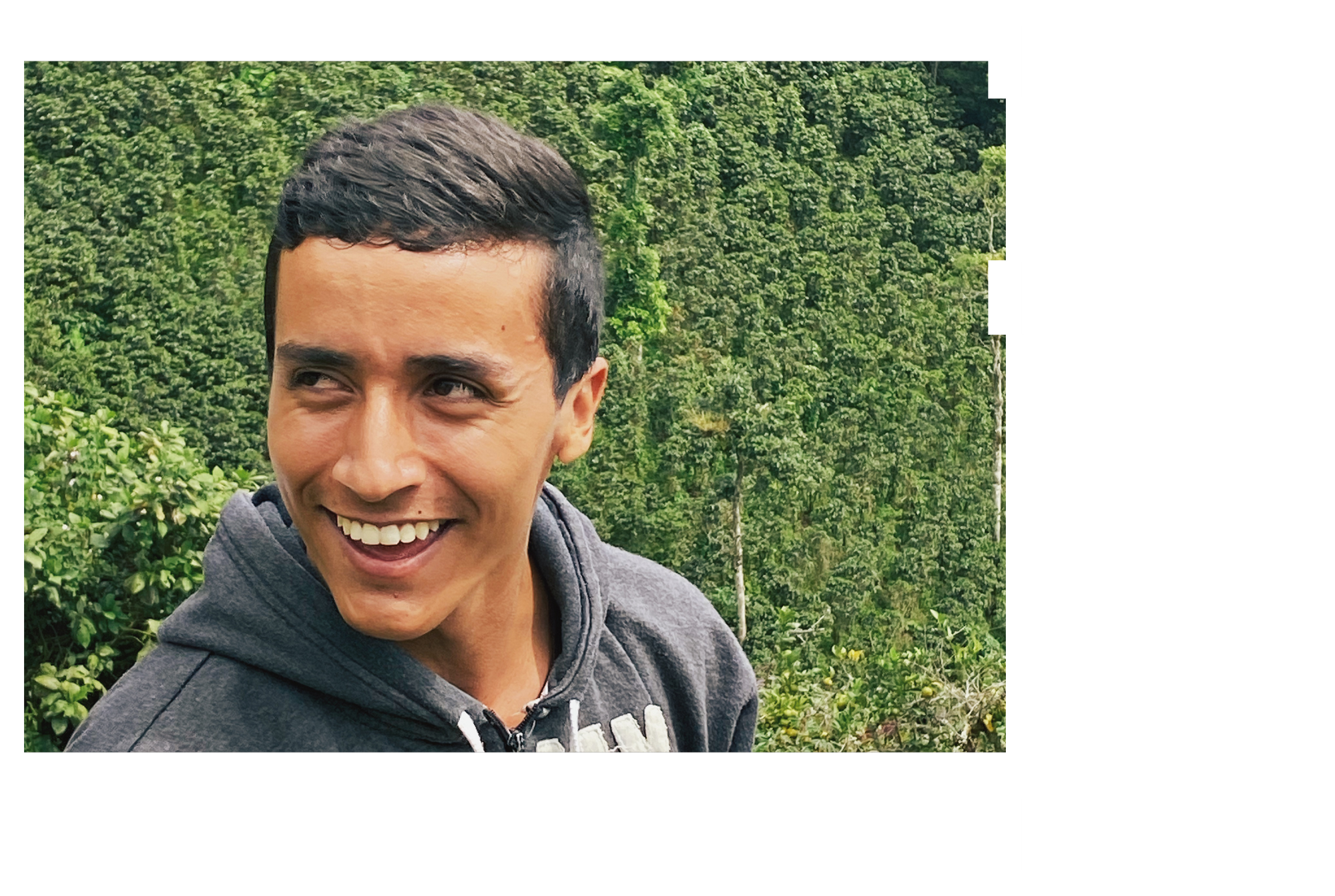
Colombia Origin Trip, December 2019
Simon’s trip to Colombia had been long overdue. Having bought coffee from Don Jaime Ariza over a couple of seasons and having already met Juan Saldarriaga, he was keen to see their farms and to gain more of an understanding of Colombia’s coffee farming and market.
From Medellin, it was a few hours to Antioquia which is perhaps less associated with specialty coffee than areas such as Huila and Narino further south.
That said, there are absolute jewels in this area that are the result of some farmers turning their backs on the local commodity market to beat out their own paths in specialty. The move towards such conscientious farming, more precise processing, and generally greater investment, in turns requires commitment from importers and roasters’ if their livelihoods are to be guaranteed.
This trip gave Simon the opportunity to travel with Joanne Berry from Nordic Approach who, along with Nordic’s founder – Morton Wennersgard – is responsible for their coffee sourcing.
Of our six days there, half the time was spent cupping some 90 freshly harvested coffees in Juan’s lab in Cuidad Bolivar, whilst the other half was spent on farms that Juan either owned, or for whom Juan managed production.
We were visiting during the main harvest (there are two harvests annually with the second one being the mitaca and comprising only around 20% of the total output) and so were able to work through significant early harvest coffees that had just finished being processed.

On the whole varietals included Caturra (the most common crop in Colombia), Castillo, Tabi, Variedad Colombia, and first crop Geisha and Cirossa. Caturra consistently offers great cup characteristics in Colombia, but leaf rust and other recent threats to it are forcing Juan and other farmers to diversify their crops to spread risk. Working with other varietals is a learning process and doesn’t guarantee a return, but innovating on every level represents the lengths that farmers are prepared to go to given the current price crisis in commodity coffee. And this is perhaps one of two significant aspects of coffee in Colombia that were striking.
It was clear that just as in the West at the consumer end of the market, it’s predominantly the younger generation who are prepared to take the risk to move towards specialty coffee farming. The greater openness to embrace science as it relates to agronomics, farming and processing, as well as walking the lesser trodden path of distribution to importers and roasters focussed solely on specialty, is largely only present in the younger generation. Juan, who isn’t young (but isn’t old either!), is blazing a trail in his town by using his resources to either help guys like William, his brother and his dad, to nurture their own dreams by offering his own workers to help kick the old dilapidated farm they were able to buy into some kind of shape, or to use his lab to help their own quality control. We were the first potential customers Willy had to his farm and it was a joy to see the pride on his face as he showed us around and explained the long hours of labour he’d put into La Papayero.

Another example is Davide and his brother, who haven’t a decade’s experience in managing a farm like Willy, but have degrees in Maths and Chemistry, which they are clearly bringing to the table. However, they had to remove their own father from the table who on buying the farm 6 years previously, had no intention nor interest in specialty coffee. Seeing there was no future in commodity coffee, they told him that the only solution was for them to rent the farm from him or they wouldn’t be involved at all. After agreeing to rent the farm of 40,000 coffee plants, they then found it actually only had 23,000, but their father, as Davide explained it, was truculent and wouldn’t budge a peso on the rent! La Conchita is now producing a varietal mix and has just seen a new crop of Geisha planted in. Morten clearly has a knack of spotting talent and finding ways of nurturing it and Simon’s going to watch this space with interest.

Finally, it was apparent that processing is not straightforward in Colombia owing to the high levels of humidity. Preventing mould in the washed coffees and fermentation in naturals is an equally precarious processing quandary. Generally mechanical dryers are the only answer, but more often than not, fermentation can run away with itself, often resulting in overly fermented or phenolic cup characteristics (although possibly not for some!). As ever, experience and watchful eye over the various stages of processing can offset this, but generally the excellent climate for growing coffee continues to make Colombia a standout origin with juicy and complex coffees to be expected.
In time, expect to see coffees from Davide and Willy as we’d love to commit to their fledgling farms and help them towards sustainability if their hard work and considered approach delivers what we expect them to. In the meantime, in March we’re looking forward to receiving a wonderful pink bourbon from Juan’s farm El Encanto, as well as some other gems from his other farm La Claudina and a Caturra from Hernan Prieto’s pristine farm Villa Clabellina.




